4 greatest cities in the world history
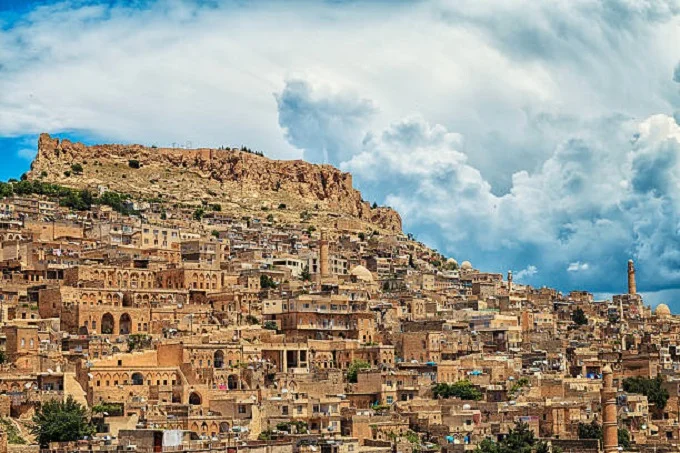
There are no strict criteria for the majesty of the city. For some, this is the state’s capital in which a person lives. For others, it is some image selected in films or literature. Someone likes the name or some legend.
Teotihuacan

Teotihuacan is located 50 kilometers northeast of modern Mexico City. Its real name is unknown; named it Teotihuacan (meaning “the place where the gods were created”). This word designated all major settlements. The name we know today was given to the town by the Aztecs, who arrived much later, leaving only ruins.
The first permanent settlement was formed no later than in the III century BC, and the dawn of the city occurred in the middle of the II century AD already. At that time, the permanent population reached an incredible 100-125 thousand, making Teotihuacan one of the largest cities of its time. The region’s cultural, religious, scientific, and military center controlled significant areas beyond its walls. For example, thanks to the Mayan codices, we know that one of the largest cities of the Mayan Empire, Tikal, was ruled for a long time by a puppet chief controlled by Teotihuacan.
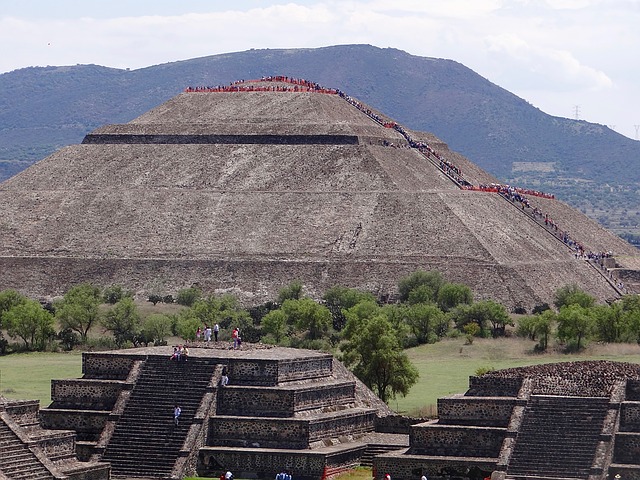
The decline began in the sixth century, and by the middle of the seventh century, the city was abandoned entirely. To date, there is no single explanation for the causes of the decline. The most widely accepted version is internal civil conflict, as only the central streets where the nobility lived were ravaged. Moreover, the period of Teotihuacan’s decline coincided with the cold snap of 535-536, which might have led to a famine. Archaeological finds partly confirm this, but the version of an attack from outside cannot be ruled out.
Constantinople

Constantinople is an unrecognized city that became the capital of the Roman Empire in 330. Its walls have survived the collapse of the empire itself, the Justinian plague, countless barbarian raids, the Crusades, and the Arab conquests. It was a kind of “checkpoint” for Rome and then Byzantium.
Even if an army was defeated in open battle, it only had to retreat behind impregnable walls that stopped any invaders.
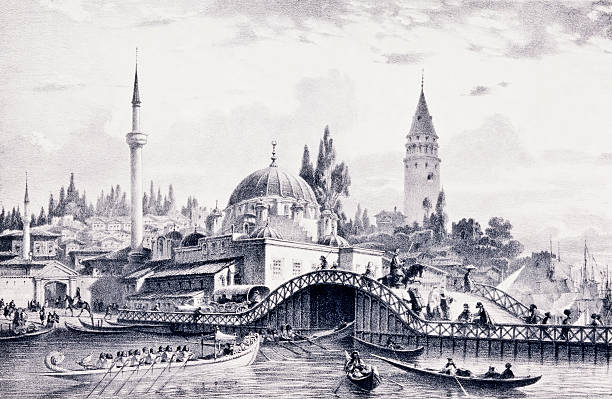
This lasted for over six centuries until 1204 and thus the Fourth Crusade. Then the walls, which had served for hundreds of years, finally fell, allowing the enemy to enter the city. Naturally, Constantinople was plundered and looted, but it was not totally destroyed. Moreover, the city continued to play an important role, remaining a trading center until the middle of the 14th century. In fact, until the fall of Byzantium itself. However, Constantinople still exists today – albeit under the name of Istanbul. Its once impregnable walls have also been partly preserved.
Memphis
A city with a dozen names, among them: Men-nefer (“enduring and beautiful”), Ankh-Tawy (“life of two lands”), Inebu-hedj (“white walls”), or simply Memphis. This number of names is due to the city’s age, which is unknown. Its history goes back so far as to be intimately intertwined with myths and legends.
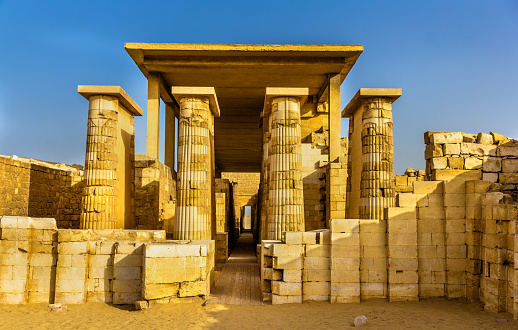
It is known that Memphis became the capital of Upper and Lower Egypt in the third millennium BC. Its founder is considered Pharaoh Menes, who first united the lands of Egypt and founded a centralized state. However, all this is not certain. The identity of Menes himself again borders on legend, and in addition, discoveries are made periodically, making Memphis even older. A record discovered in Sinai in 2012 attests to a visit to Memphis by the pre-dynastic Pharaoh Iry-Hor.
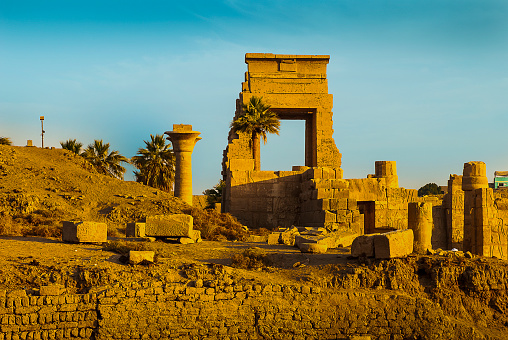
From the 8th to 7th centuries BC, Memphis became a constant battleground. It is regularly invaded and liberated, ravaged and rebuilt. The Assyrians drive the Egyptians out of the region; then the Persians drive the Assyrians out. The Egyptians come back and drive the Persians out, and soon Alexander the Great comes in and beats them all out, becoming Pharaoh himself. He is crowned in Memphis, although the capital is moved to Alexandria. With the advent of the Romans, Memphis, like Thebes, loses its significance forever and soon falls into complete decline. The foundations of Cairo were built with stones from broken temples and the ancient necropolis of Memphis.
Babylon

Probably anyone, when they hear the name “Babylon,” immediately understands that we are talking about something very ancient. This is true because we all know the myth of the Tower of Babel, which people built after the Deluge and condemned God’s wrath on their heads. Let us leave the subject of the Flood aside, but the Tower seems to have existed. The ziggurat of Etemenanki might have been its prototype.
Of course, it did not reach the sky and could hardly anger the gods, but certainly, it was able to make a lasting impression on the arriving workers and brought slaves. The main problem with Ancient Babylon was that it was almost entirely made of earth and clay. Consequently, almost nothing remains of it. One might slightly paraphrase the words of a great fantasist: “It sank. Or rather, it was washed away by the often flooding rivers after all.

Almost everything that archaeologists find today belongs to Neo-Babylon or the New Babylonian kingdom. But here, too, it must be understood that the “new kingdom” emerged in the 7th century BC – the old city was already thousands of years old at the time. Thousands is not an exaggeration, not to enhance the form of speech.
Imagine this: first, the city was one of the centers of the Sumerian world, then of the Akkadian world. There was a period of decline, and then under Nebuchadnezzar, a decision was made to return to its roots. To restore the city to its former importance, which is now two, perhaps three thousand years old. Then the Semiramis’ Hanging Gardens appear in Babylon – one of the Seven Wonders of the Ancient World. In the same period, the Ishtar Gate, one of the most recognizable architectural monuments globally, was created, perfectly preserved to this day. Based on the material of the original gate, even though it still has some paint, it was possible to reconstruct its original appearance.




